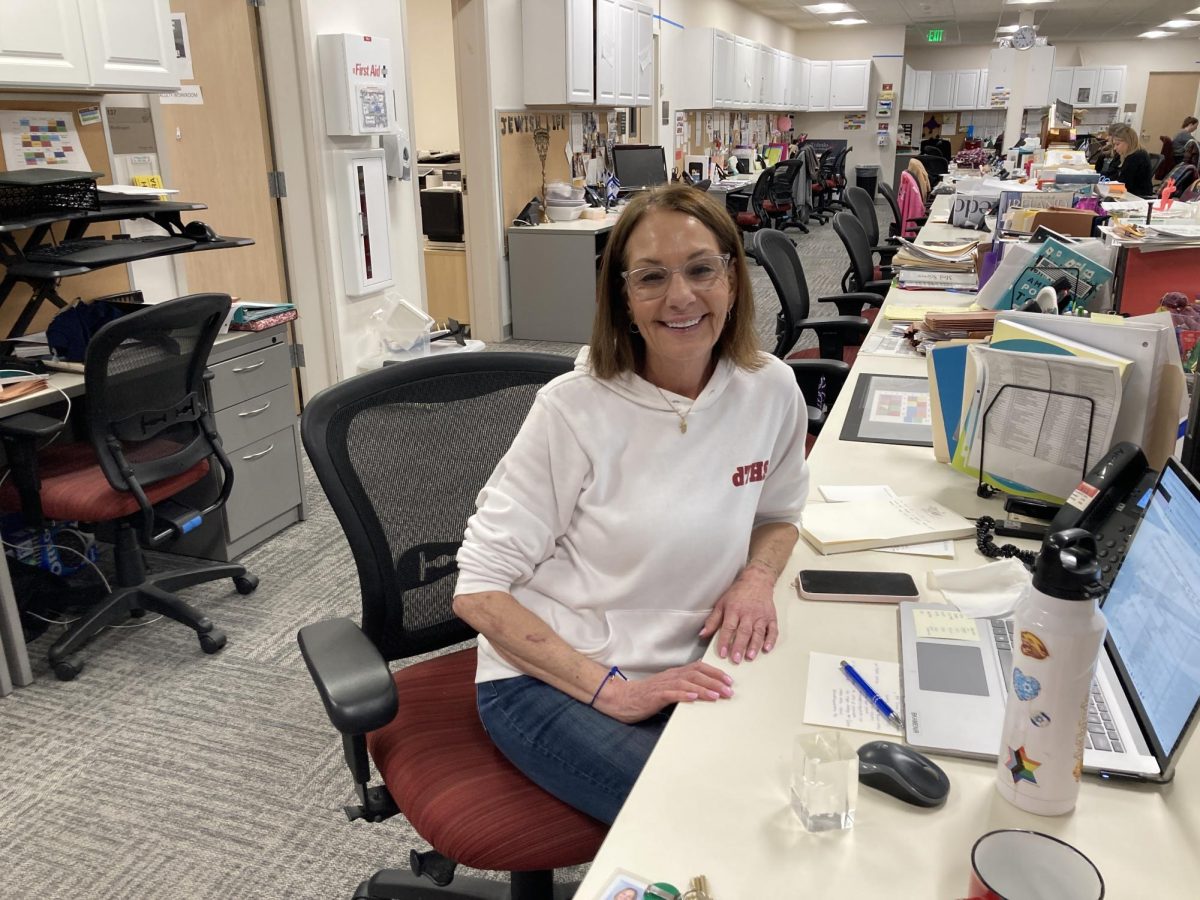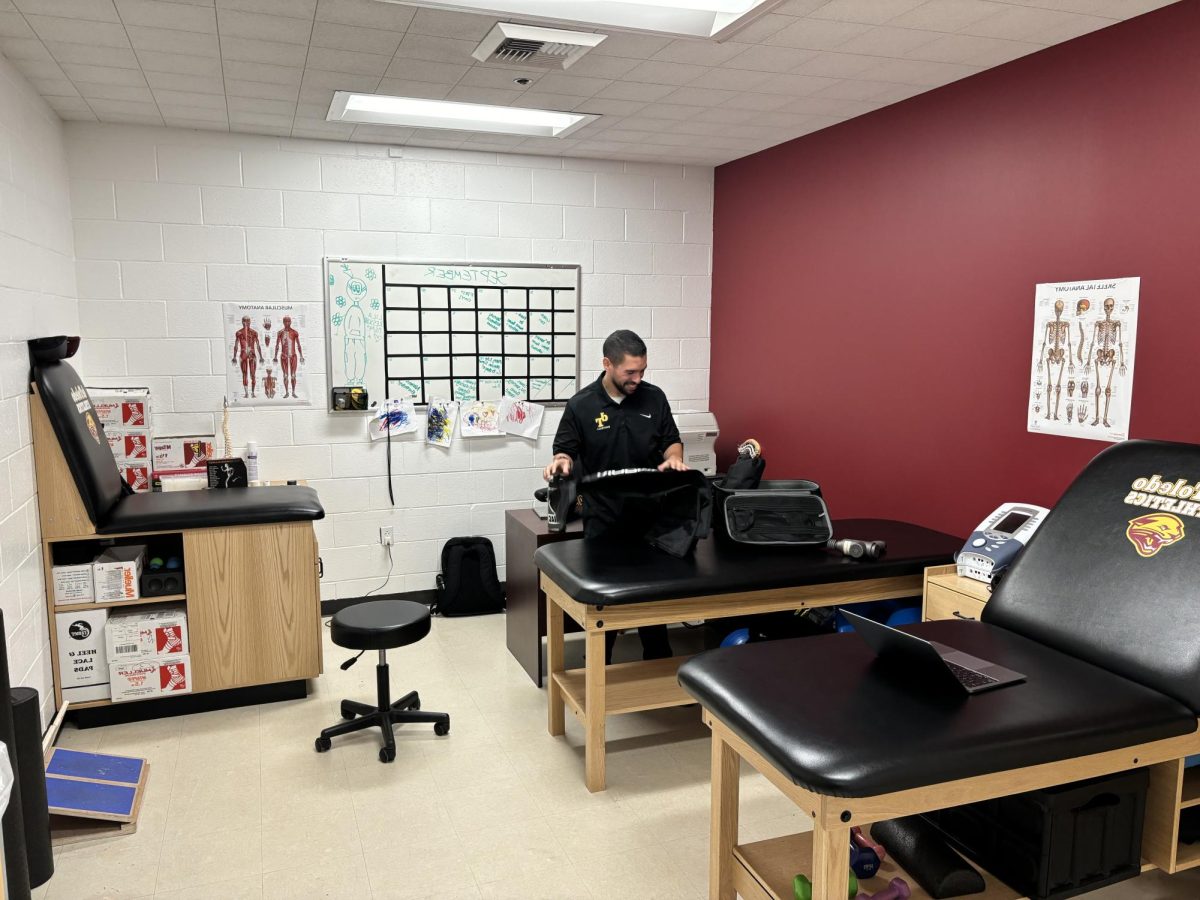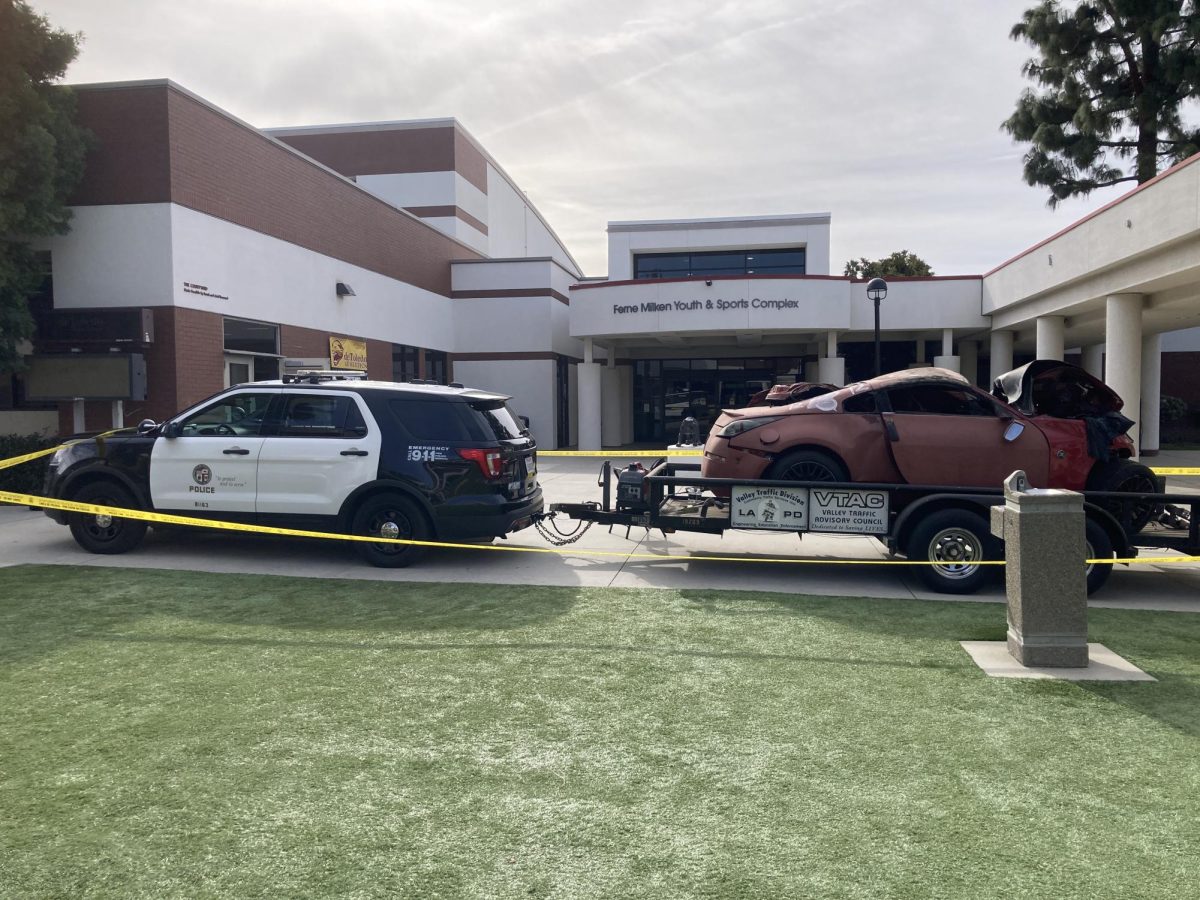Homeless Women Represent About One Third of the Overall Homeless Population, Says Deputy Mayor
“The number one reason people are living on the streets is because they cannot find affordable housing.” – Christina Miller, Deputy Mayor, City Homelessness Initiative
On June 04, 2019, The Prowler’s Sarah Shane spoke with Christina Miller, Deputy Mayor for LA’s City Homelessness Initiative. Listen to their conversation here.
Shane: What is the biggest challenge that you faced in combating homelessness?
Miller: I think what a lot of people don’t realize is that at the core of our homelessness crisis is actually an affordable housing crisis. There have been recent reports, one as recent as this month, from the California Housing Partnership, who reported that the county of Los Angeles is facing a deficit of over five hundred thousand affordable housing units for people who need them. Despite popular belief that people who are experiencing homelessness are there because of lifestyle choices or primarily because of substance abuse and mental health issues, by and large the number one reason people are living on the streets is because they cannot find affordable housing.
Shane: Oh, interesting. So the biggest issue would be trying to make that affordable housing available to the general public.
Miller: It’s really a supply and demand issue. So there is a vast shortage of units that are affordable for people who are low income or even who are moderate income.
Shane: That makes sense, for sure. So what gives you the most hope in this whole issue?
Miller: I’ve been working in the field on homelessness, both in direct service and policy for over a decade, and what gives me hope right now is that there is more political will than ever before. We have really great leadership on this issue from both the Mayor’s office, from city council, to county Board of Supervisors, to our state delegation in the governor’s office, there is just a lot of motivation and willingness to take bold action, which has not always been the case. That makes me feel very hopeful.
Shane: That’s great, thank you. And then, what program or project has yielded the most results so far in combating homelessness?
Miller: Yeah, that’s a hard question because there isn’t one … there isn’t really one project or program or intervention that yields the most results because people who are homeless are very diverse. The only thing they really have in common is that they are without a home, and so, when we think about what is working, we have to think of a systemic response. We have to think of what are the different system components that work together to first outreach and gauge and find people who are experiencing homelessness, and then we need to assess what their needs are, and then triage them to the most appropriate interventions. And then on the back end, we need to ensure that we are funding and finding housing interventions to triage them to, and then finally, when someone is housed, we have to provide the appropriate services to keep them housed, and so, without one or you know all of those pieces working well, you don’t have a system that gets people off the streets quickly, so it really isn’t about one program or one project. It has to do with ensuring that the entire system is positioned to have an effective response
Shane: That makes a lot of sense, like, all the working parts have to work together.
Miller: Yeah, sometimes there’s a sense that we just need more shelters and sometimes there’s a sense that we just need more housing or sometimes we think, ‘Well, if we just had more mental health social workers,’ and the reality is, we need more of all of those things and so we need to ensure that our response is strategic and balanced.
Shane: Okay, thank you. And I have just one more question: Is there a difference in the way that you handle or address the population of homeless women versus that of homeless men? Is that an issue that comes up in dealing with homelessness?
Miller: Yeah, that’s a really good question. So what we know from our data that we collect year over year about the demographics of people who are homeless is that homeless women represent about one third of the overall homeless population, and I will say that while safety is a priority for, you know, everyone who is experiencing the traumatic events of homelessness. Particularly for homeless women we need to think about interventions that provide safety, and so there is a evidence-based practice in which we offer services, and it’s called Trauma-Informed Care, and this is really all about recognizing that people have experienced trauma, and making the goal of our service interactions to provide a space, a safe environment for people to heal and thrive… I’ll also say, women often have to be the head of household of homeless families and so, thinking about the needs of homeless families, we od need to be conscious and considerate of what homeless single mothers need, whether it is child care or a living wage job… those are important considerations.
Shane: Yeah, that’s that’s great. I’m actually glad that you said that. So, those were all my questions I really appreciate you talking to me and and spending the time to answer them.
Miller: Of course. Thank you for reaching out. I also want to let you know that the homeless count results are going to be released today, the official report from the Los Angeles Homeless Services Authority. So if you go to LAHSA.org and look for the 2019 homeless count results, you can get really detailed information about what the count release shows in terms of where we’re headed with homelessness.
Shane: Thank you. I really appreciate that.
Miller: Of course. Thank you. Good luck

Hi! My name is Sarah. I’m a senior and am excited for my third year on The Prowler team. I’m interested in writing articles with focuses varying from...



























